The hallowed All England Championships began 120 years ago and continues to serve as badminton’s corridor of snapshots, charting its evolution through fashion, dominance, attitudes, rules and prize money. All the while reverence for the oldest tournament remains constant. The marshalling in of change and resisting it are two sides of the same coin. What follows is a look at the big picture.
By Aaron Wong. Photos: Badmintonphoto
Longevity a little longer?
Age-related statistics are cool; however longevity provides a broader perspective. Will 2019 mark the beginning of the All England going without a champion who first made a splash in the previous decade?
So far, the last such players were the Danes Kamilla Rytter Juhl / Christinna Pedersen (pictured), who took home women’s doubles. Notably Rytter Juhl became World Champion in 2009, claimed her first Superseries in 2008, and a managed a doubles double at the 2004 Dutch Open.
Lin Dan, ever the poster-boy for badminton, can add to his hording of the loftiest titles and also to the esteem of maintaining the longest contemporary career at the pinnacle of the sport as he won the Korea Open as far back as 2002 and, not to mention, his first All England title in 2004.
Certainly, there are other majors on the calendar that this ‘Noughty’ set (pre-2010 achievers) can still win. The All England simply encourages us to notice and hopefully appreciate the impact of what’s transitioning and what it means.
Absolutely relatable
Firstly, consider Lin Dan (pictured) not as Lin Dan for a moment. Also, don’t dwell on the extremes. The whole idea of longevity is well worth embracing because it goes beyond tribalism and speaks to the healthiest potential of humanity.
Longevity touches on enthusiasm and finding meaning in getting up in the morning. What’s our compelling reason for doing what we do? Indeed, it’s absolutely relatable to ourselves and life in general.
Secondly, study the extended cast (2010-11 achievers) that’s just beginning to strive for longevity. Some of them you may have forgotten got so good so young, like Tai Tzu Ying (pictured top). It feels as though Chen Long has been at the top a lot longer, partly because he seldom fails to subtly say so in interviews but, in fact, the first notable spike in his performance came just a year prior to Tai’s. The statistics for the extended cast accommodate both the colloquial decade (e.g. 80s, 90s, 00s, 10s) and the decade proper (starting at year 1, 11, 21, etc).
The entire cast are a steadily growing minority. In the process, they are normalising the idea of longevity.
Humanity’s potential
Next, take the posterboy’s aspirations toward a fifth Olympics. Whether or not he makes it to Tokyo, his aiming for the pinnacle shows that he believes he can do it again. There are other long (just not as long) careers campaigning alike, perhaps more than ever before in badminton and interestingly it’s happening when the sport has never been faster.
We could join the dots and imagine that Robert Mateusiak, aged 41 and reaching the knockout stage at the Rio Games, was on some cosmic level paving the way for the ‘Pre-Superseries’ gang of Lin, Boe/Mogensen, Pederson, Saina Nehwal (pictured above), Lee Yong Dae, and Hendra Setiawan.
Ultimately, it’s useless if only Lin Dan thinks he can do it. You’re not only meant to cheer for him but to cheer for yourself in your own realms. This is the kind of pay it forward mindset that is humanity fulfilling its potential. Badminton celebrities don’t come bigger than Lin Dan and his influence beyond marketing matters the most.
All this is not as airy fairy or rabbit-out-of-the-hat concept as you might think. Sport is sport but transpose longevity and badminton for popular culture influence and singers or actors and you’ll more easily grasp the correlation.
Quirky yet charismatic Hollywood star Helena Bonham Carter summed it up memorably on a chat show in response to a piece of fan art by proclaiming: “If I’ve made short thick legs fashionable then I’ve done something really helpful. Don’t you think?”
Contemporary case study: Lin Dan
Now think of Lin Dan as Lin Dan. His career trajectory is all the more astonishing for being a contemporary case study.
Respected badminton broadcaster Steen Pedersen opined last October in The Star Online that Lin “can’t win big tournaments anymore. Maybe he can pull one or two upsets and pave the way for others.”
Well, Steen, sometimes one or two upsets is all that’s required to win the Olympics compared to the gauntlet of a typical World Tour week at a Super 500 or higher.
Singles makes different demands from doubles but who honestly had their money on the chronically injured and slow Liliyana Natsir (pictured) to swing Rio gold in 2016? Unbelievably, she further demonstrated that becoming World Champion a fourth time in 2017 and snapping up a Super 1000 in 2018 can be done too.
Badminton loves comparing itself to tennis with a hint of superiority to distract from the crater-sized gulf in prize money. Roger Federer is a year and 10 months older than Lin Dan. Federer’s Grand Slam drought lasted from 2012 to 2017 before he chalked up three more Slams including Wimbledon and returned to world #1. With this comparison does another notable major seem completely out of the question for Lin?
Level of difficulty
Semantics of Steen’s comment aside, what’s interesting is the stuff that’s entailed in the goal Lin has set for himself.
Remember, China can only send two players ranked within the world’s top 16 to Tokyo 2020. Lin has until 26 April next year to unseat either Shi Yuqi or Chen Long as well as keep youngster Lu Guangzu (pictured) – presently ranked only 8 spots lower – at bay.
Which is more difficult?: The gargantuan task and energy required to even qualify for Tokyo 2020 or the here and now of already being in the draw of the 2019 All England?
Tales as old as time
Lin Dan’s prospects fall somewhere between the classic plotline of the superhero losing their powers and Zhang Ning’s narrow road to her second Olympic gold.
How does the hero get out of sticky situations now that he is mortal like the rest of us? Or, it’s a how-to guide for determination. Either way, more of the athlete’s human qualities like strength of character, doubt, and caring about others are illuminated.
Toolkit and time to sharpen
As for Lin’s slightly younger contemporaries in possession of pre-2010 Superseries recognition, the likelihood of majoring at All England level is closer to the Beijing Olympic-era Zhang Ning end of the spectrum – the ‘Do Zone’. Each of them possesses the complete toolkit, including sufficient athletic ability, required to do the job and if not now there’s still time to spare to sharpen specific implements to snatch Tokyo 2020.
It’s wonderful for men’s doubles that Ko Sung Hyun / Shin Baek Cheol and Lee Yong Dae / Kim Gi Jung are back and mostly used to the newer pace at which badminton life is being lived since their absence. If Mohammad Ahsan / Hendra Setiawan’s reformed example is anything to go by, then it’s only a matter of time until the Koreans also return into the top 10 and regain the benefit of being seeded. Despite intermittent weak scores, it’s surprising how quickly all of them have been able to ramp up.
The point is we shouldn’t be too quick to rule out certain athletes as has-beens even though other countries or forces (Speedy Gonzales types like Sukamuljo and Kamura) are dominant. In women’s doubles, don’t write off the reuniting of Korea’s former world #2s Chang Ye Na / Jung Kyung Eun (pictured) even though they’re wading in a sea of Japanese sharks.
Mix and match: (Chi) Yin and (Lee) Yang
With toolkits, once acquired they are readily deployable and it’s evident in doubles.
In the experienced and youth category, Hirokyuki Endo / Yuta Watanabe and Christinna Pedersen / Mathias Christiansen have hit the sustained potential thought possible of them.
Seo Seung Jae was already one to watch. But the fact that within a year and 10 tournaments later he’s back in the top 10 after his world #5 ranking disappeared overnight with Kim Ha Na’s retirement means he’s a genuine contender.
Seo’s latest partnership with Chae Yoo Jung in mixed also highlights the rise of the dual southpaws in doubles. They take over this mantle from the short-lived Hong Kong pairing of Tse Ying Suet / Tang Chun Man.
Who else are the next big thing? Taiwan reconstructed an instant Super 300 winning men’s combination, Wang Chi-Lin / Lee Yang (pictured), from a former top 5 and top 10 pair.
An exciting development in great fresh partnerships, especially containing a younger member who leaves a mentoring arrangement, is that players can display dramatic newfound range in skills. After partnering Jung Jae Sung, Lee Yong Dae began guarding the rear court and conversely Ahsan and Fu Haifeng suddenly unleashed masterful front court instincts upon exiting earlier World Champion partnerships. Hopefully, Chen Hung Ling’s intelligent reading of the game rubbed off on Wang Chi-Lin to complement Lee Yang’s explosive full intention court coverage.
The new frontier of speed
They are undoubtedly still the best of the bunch but we ought not to be surprised that both singles world #1s Tai Tzu Ying and Kento Momota (pictured) didn’t win more last year, and shouldn’t presume they’ll take the All England. There’s more to it than plain fatigue.
Popularity breeds familiarity. Their speed, signature shots and deception, though superior, has a rhythm to it that others eventually become accustomed to.
The badminton court is only so large. The speed of shuttle has peaked, and quite soon the same will be said for speed of the athlete. Then the next frontiers is speed of thought which happens to be invisible to opponents.
Conclusion: The Know Zone & the No Zone
Marketing always desires the current star to have an extended sojourn, which leads to bums on seats and higher sales of equipment and apparel. This persuades us to think that’s what we want too but actually humans are connected more deeply to the fight of the underdog or the blooming of potential and many other storylines that advance our understanding of shared humanity.
So it’s time for spectators to do some catching up and borrow from the mindset of the athlete who has to be inclined to self-belief and optimism.
Given recent mediocre results, yes, there is a case to overlook last year’s runner-up, Lin Dan, for honours at this year’s All England. However, spectators can still upgrade from the ‘No Zone’ of quickly dismissing his chances forever to the ‘Know Zone’ of just letting things unfold – which is different from turning into his supporter.
Meanwhile, athletes demand of themselves the greater mindset of graduating from the ‘Know Zone’ to the ‘Do Zone’.
While writing this piece I encountered Hou Hsiao-Hsien’s A Summer at Grandpa’s as part of a film retrospective. There’s an amusing vignette where a gang of pre-adolescent kids are racing turtles to find out, of course, which is the fastest. To them it’s the most important thing in the world while viewers wryly recognise themselves and the same limited view of life they no doubt once held at that age compared to now.
![ALL ENGLAND 2019 Preview Part 1 – March charts metamorphosis The hallowed All England Championships began 120 years ago and continues to serve as badminton’s corridor of snapshots, charting its evolution through fashion, dominance, attitudes, rules and prize money. All […]](http://www.badzine.net/wp-content/uploads/ngg_featured/20180318_1514_AllEngland2018_BP018475_rotator.jpg)
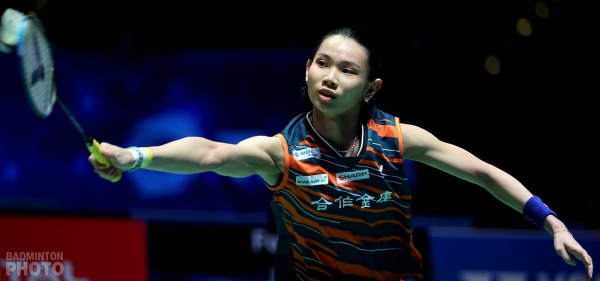

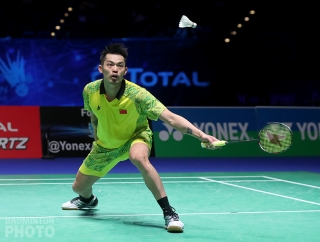
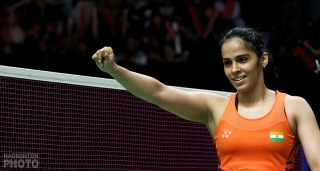
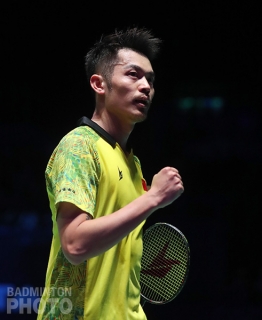
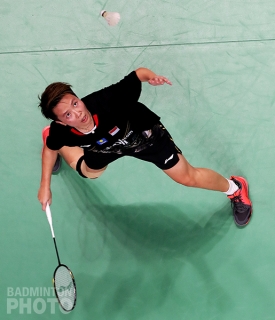
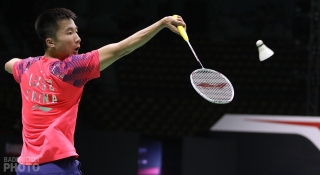
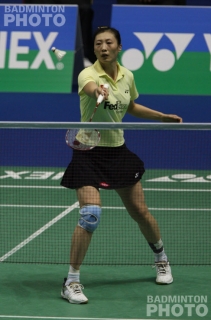
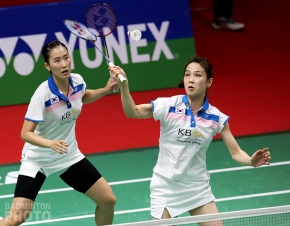
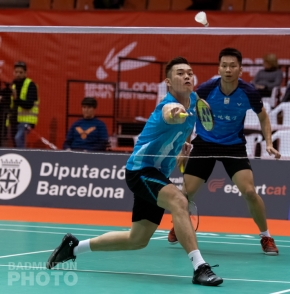
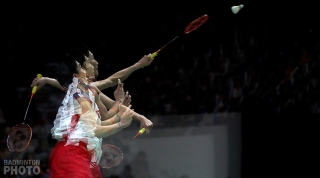
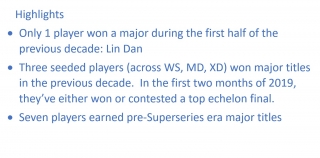



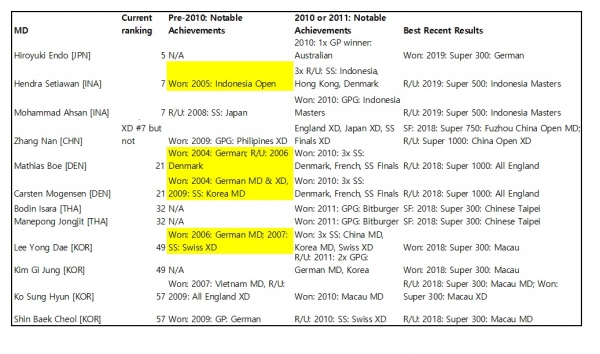
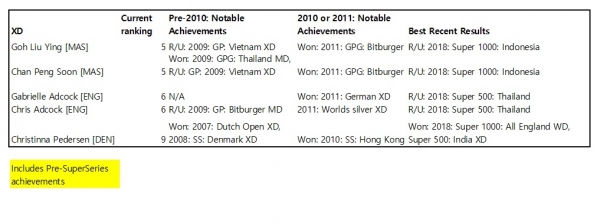

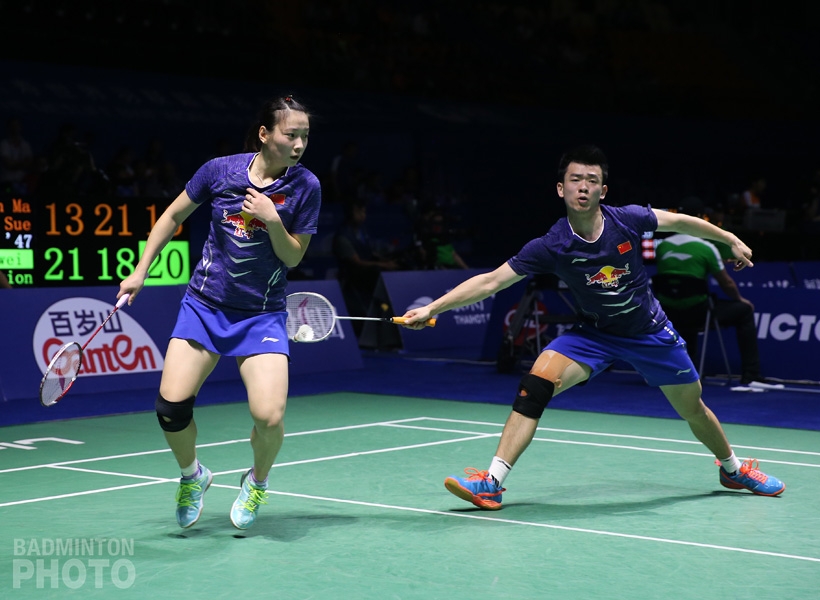
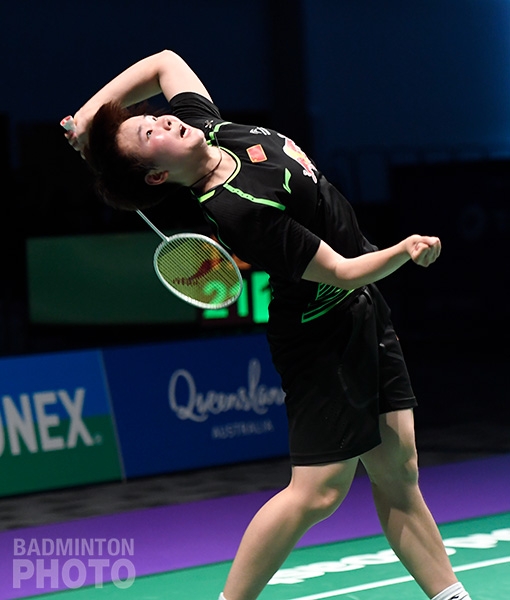
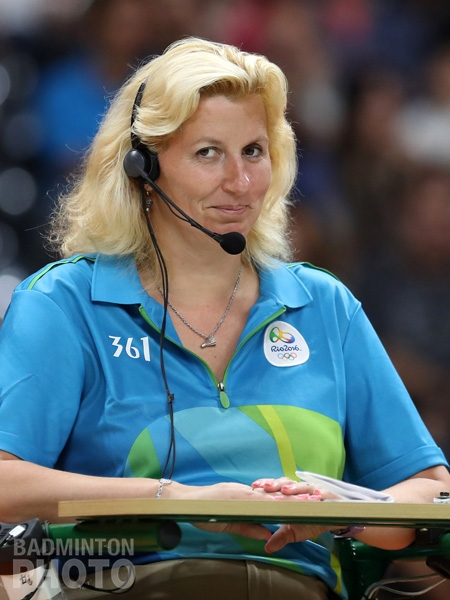
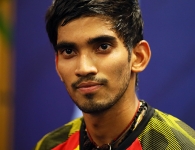

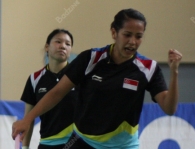
Now I know why Konto Momota is so good – he has six arms and three heads
Brilliant article! Very well though out and written. Extra points as I am a Lin Dan fan.